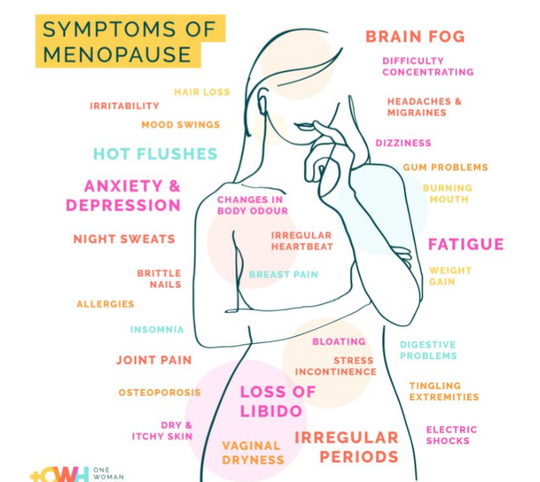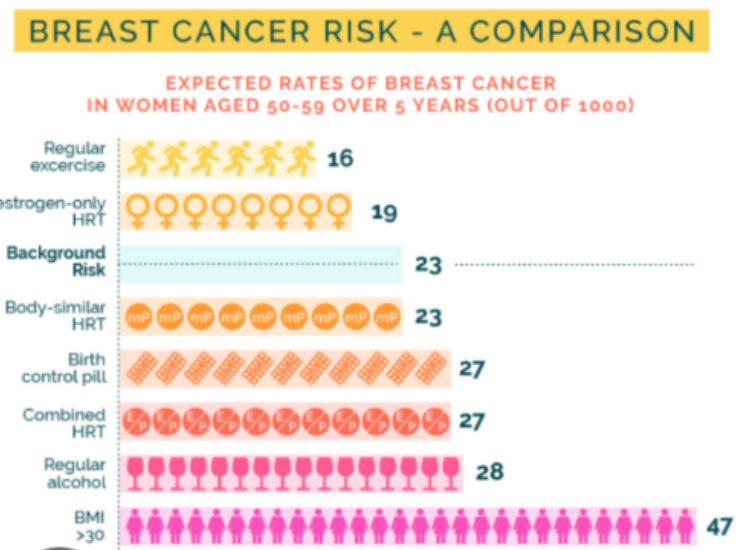What is Hormone Therapy?
- Menopausal hormone therapy (MHT) is a type of hormone medication used to treat menopausal symptoms. It is approved for hot flashes, night sweats, osteopenia, and GSM (genitourinary syndrome of menopause) and effective for joint pain, mood changes, insomnia, and brain fog.
- Health Canada approved estrogen (estradiol) and micronized progesterone is used, if you have a uterus, to protect you from endometrial cancer. If you don't have a uterus, you will only need estrogen.
- Estrogen comes in various forms, such as oral, patch, or gel you can apply to your skin. These provide a small amount that your body made in your fertile years.
- Since the 2002 Women's Health Initiative (WHI) study, doctors stopped prescribing MHT because it linked MHT to an increased risk of breast cancer and heart disease. Sadly, the findings were misrepresented.
- Since then, we have discovered that when women start MHT within 10 years of their final period, or before age 60, they experience a lower risk of heart disease, osteoporosis, and diabetes.

What are the benefits of MHT?
- Reduced risk of colon cancer
- Improves mild or moderate depression in menopause transition
- Favourable effect on metabolic syndrome and may slow accumulation of visceral fat; MHT is not associated with weight gain
- Slows down the loss of muscle mass and helps preserve bone density
- 19-40% reduction in type 2 diabetes, 16 fewer women per 10,000 per year
- Slows the appearance of wrinkles and improves skin moisture
- Oral estrogen may improve HDL-C, LDL-C, and total cholesterol
- Improves sleep quality
- Improves GSM (genitourinary syndrome of menopause which includes vaginal dryness, painful sex, increased urinary frequency or urgency, recurrent UTIs)
What are the risks of hormone therapy?
- For women ages 50-59, combined MHT (estrogen and a progestogen) is associated with an additional 6-15 breast cancers per 10,000 women per year.
- Use for more than 5 years is associated with the greatest risk and higher for older women. The risk is lower without a progestogen.
- Stroke risk is 8 per 10,000 women per year with oral MHT. Risks increase over the age of 65. The risk of heart attack from plaque increases over the age of 60.
- MHT can slightly increase your risk of blood clots (8-9 per 10,000 women per year) when taking oral. There is no increased risk when using transdermal estradiol (patch, gel).
- Risk of gallstones occur for women on oral estrogen (47-58 additional cases per 10,000 women per year), not transdermal.

What are the common side effects of hormone therapy?
- vaginal bleeding
- irregular spotting
- breast tenderness
- bloating, nausea
- mood swings
- migraine headaches
Starting on the lowest dose, changing to a different form of MHT (switch from pill to patch) or changing the type of progestogen should improve these symptoms.
It may take three months to see the desired change depending on the side effect.


